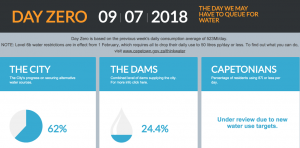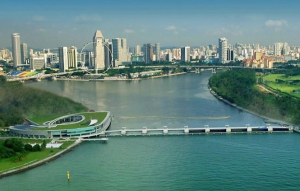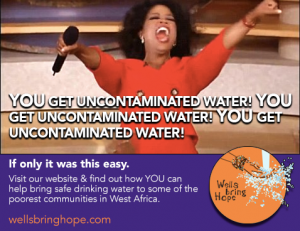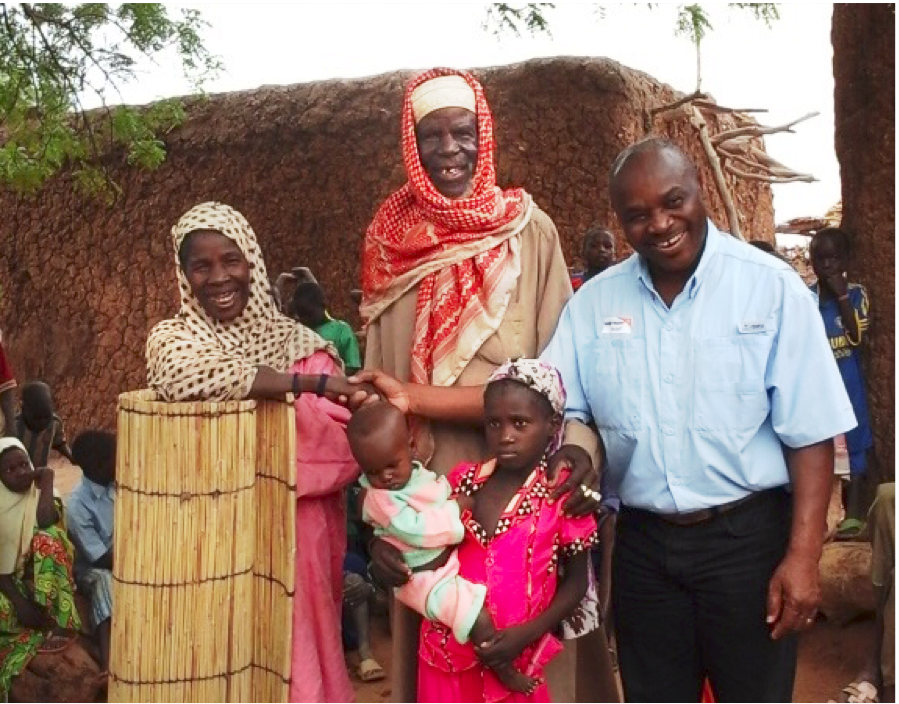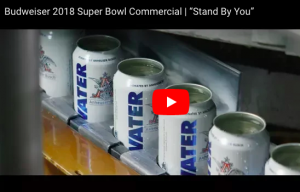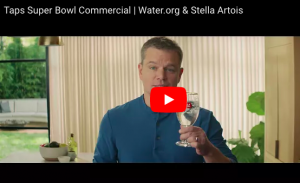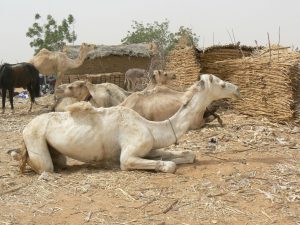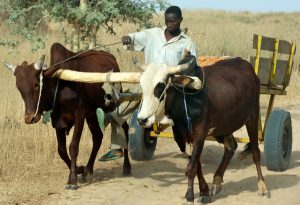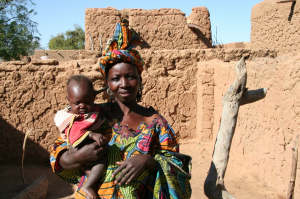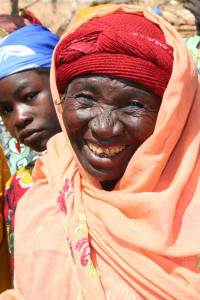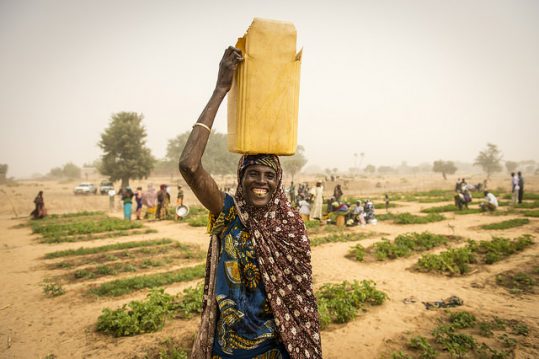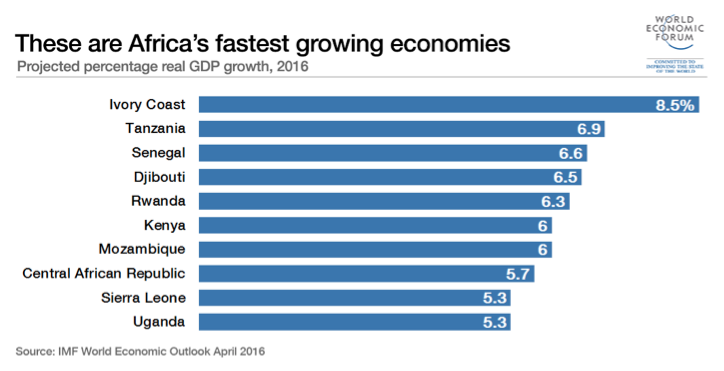by Jennifer Dees
If it hadn’t been for the hype, I probably would have waited to see Black Panther at home. There have been more than enough Marvel films in the past few years, but it quickly became clear that Black Panther wasn’t just another superhero movie. It’s a celebration of black and African culture, of women, and of the ties we all share.
Black Panther is going through the typical Hollywood stages: it’s starting to drift from “the best movie ever” to “it’s overrated.” I expect in a year or so, it’ll level out to a “pretty solid movie.” A lot of the backlash is in response to the hype over black representation. While it’s true that the film has more to it than the racial discussions it’s generating, it’s still a big moment for a lot of people. In mainstream media, black people are often portrayed as the slaves or the sidekicks or the gangsters; someone to pity or fear. After seeing those stereotypes perpetuated through the media, they’re what a lot of people think of when they consider race. None of the characters in Black Panther are represented this way (although the damage caused by racism and colonialism is a major theme). Because I don’t have a black heritage, I can’t connect with the film the same way as a lot of black viewers. But I still needed to see it because 1) It’s a good movie! 2) While I couldn’t see it through the lens of a black person, I could still watch the product that was forged through that lens. While the comic the movie is based on was released in the 1960’s, this story became more public and impactful when it hit the big screen. This is the first blockbuster film with an African American writer, director and cast. Black kids can hang posters of a superhero on their walls, and the person they look up at will finally look like them.
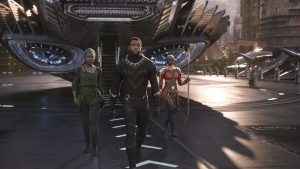
T’Challa, the Black Panther, is king of Wakanda, a hidden African nation that has miraculously avoided colonization. There, vibranium metal powers everything. Remote-operated cars, holograms, medical treatments, and the nearly indestructible Black Panther suit are all dependent on vibranium. While Wakanda does not represent any one region of Africa, it blends and reflects the continent’s many cultures. The clothing was inspired by tribes across the continent: Queen Ramonda’s hat by the Zulu of South Africa, W’Kabi’s cloak by the Basotho of Lesotho, Nakia’s clothes by the Suri of Ethiopia, and the Dora Milaje’s uniforms by the Maasai of Kenya and Tanzania. One district’s fashion resembles that of the Tuareg tribe, a semi-nomadic group in Niger. I even recognized Sudano-Sahelian architecture (which can be found in Niger) in some of the buildings T’Challa soars by. Some of the characters speak snippets of Xhosa, an official language in South Africa. There was so much to see in every shot, I want to watch it again just to see what I missed. Black Panther makes me want to learn more about the places that inspired Wakanda.
The women of Wakanda are just as captivating as Wakanda itself. Even with a male protagonist and antagonist, the female characters shine. They’re confident and strong, both physically and mentally. Nobility is protected by an entirely female guard called the Dora Milaje, led by fierce and glorious Oyoke. Nakia, a Wakandan spy, is constantly fighting to defend others, and Shuri, T’Challa’s sister, is a spirited genius who has developed much of the technology seen in the film. I love that little girls can see themselves in her, and I can’t wait to see them dressed as her for Halloween. There was never a question about a woman’s “role” in the Wakandan society. That women were as powerful as men was just assumed, it needed no commentary, and I appreciate that silent, natural acceptance. If the black cast is considered momentous, the way these women are portrayed is phenomenal. They are role models to everyone, regardless of race.
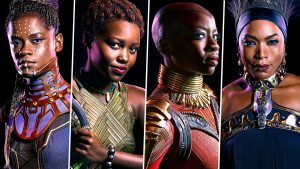
Black Panther has even more going for it: a spectacular soundtrack, a memorable villain (one of the best I’ve seen), and a mature yet engaging tone that sets it apart from the other Marvel films. What I loved most was the message. A big decision T’Challa faces is whether or not to share Wakanda’s vibranium, knowledge, and technology, and risk the rest of the world taking advantage of them. There’s a message in the film that seems to be speaking directly to the audience: “We all know the truth: more connects us than separates us. But in times of crisis, the wise build bridges, while the foolish build barriers. We must find a way to look after one another as if we were one single tribe.”
Many people working with Wells Bring Hope have no direct tie to people in Niger. None of us can appreciate what it means to be a Nigerien, nor can we understand the hardships some of them are going through. But I think all of us, while still celebrating differences, want to be a part of the tribe T’Challa speaks of. We see the inherent potential and beauty of Niger and its people, and we want to help them continue to develop by spreading the word and sharing resources and knowledge. We want all women in Niger to feel empowered like the women in Black Panther. Wakanda reflects what Africa is and represents what it could yet become. And that leads to a choice: If you had to decide whether or not to share Wakanda, what would you choose?

